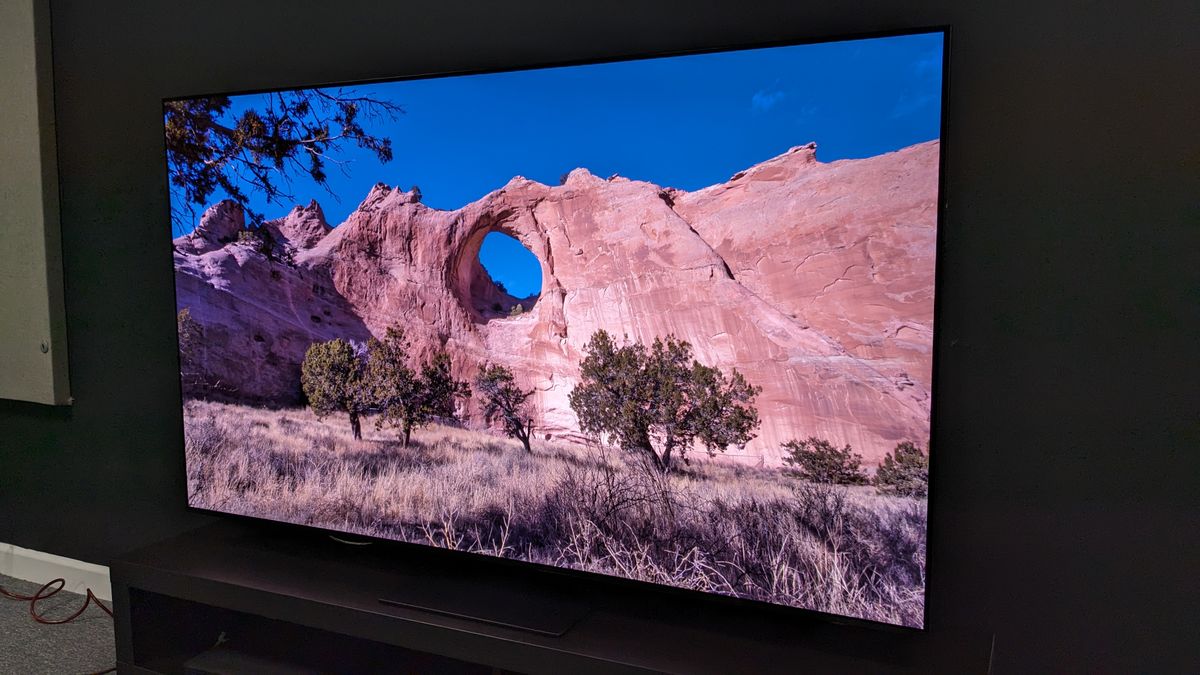Serving tech enthusiasts for over 25 years.
TechSpot means tech analysis and advice you can trust.
In context: Google's quantum computing lab has unveiled a new chip called Willow that makes major strides in solving one of the biggest hurdles to making these machines actually usable. The company says Willow can perform certain benchmark calculations in just five minutes that would take the world's fastest supercomputer "10 septillion years."
However, experts who spoke to the BBC suggested that we need to pump the brakes a bit on the hype. The University of Surrey's Professor Alan Woodward warns this specific test was essentially "tailor-made for a quantum computer" and doesn't mean it's faster than traditional computers across the board.
"One has to be careful not to compare apples and oranges," he told the publication. He also said that this single benchmark doesn't prove "a universal speeding up when compared to classical computers."
That's not to say that Google's achievement isn't noteworthy, though. It's still made huge strides in quantum error correction (QEC), which is a major problem scientists have spent decades trying to solve.
In simple terms, the more qubits (the quantum equivalent of digital bits) you have, the more powerful a quantum computer can be. But the more qubits, the higher the error rate, which is an obstacle when making such machines actually useful.
That's where Google's breakthrough comes in. With Willow, they've managed to reverse this trend by actually decreasing the error rate as they added more qubits. This was done by bundling multiple physical qubits together into more reliable "logical" qubits, which made it much easier to catch any errors and fix them.
The chip boasts 105 qubits with only a 0.143% error rate. Willow was even able to maintain its quantum data for up to an hour – another key milestone showing the potential for long quantum calculations down the road.
Of course, much lower error rates and higher qubit counts will still be needed for truly practical quantum computers that can tackle problems today's supercomputers can't. But Google's breakthrough suggests that with further scaling of this error correction approach, logic gates, processors optimized for quantum error correction, and higher qubit counts, this vision will inch closer to reality.
As Woodward concludes, Willow represents "significant progress" and is "encouraging for everyone striving to build a practical quantum computer."
Still, as experts say, we're looking at years and billions more dollars before quantum computers are powerful enough to tackle any real-world problems.









 English (US) ·
English (US) ·